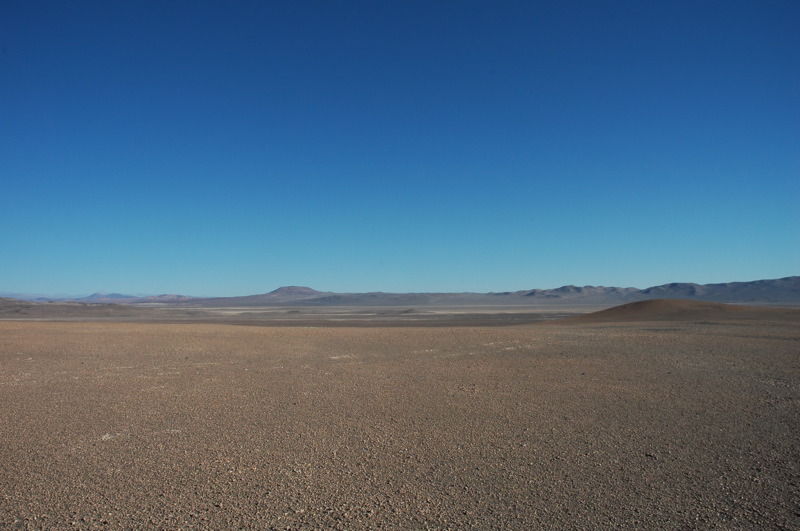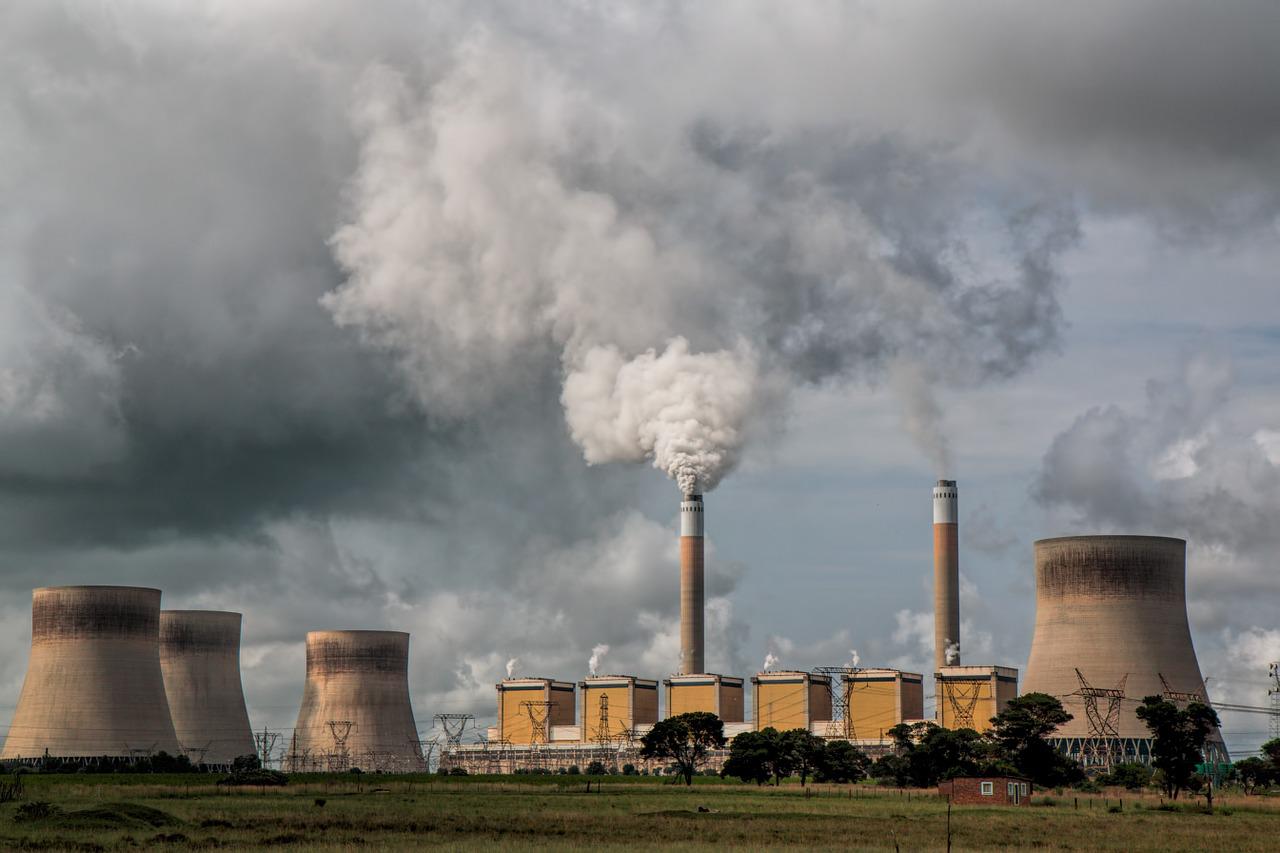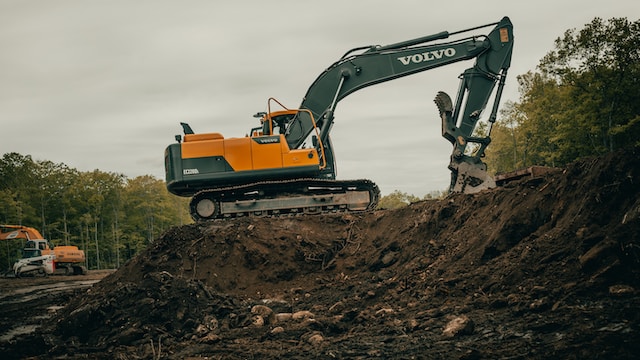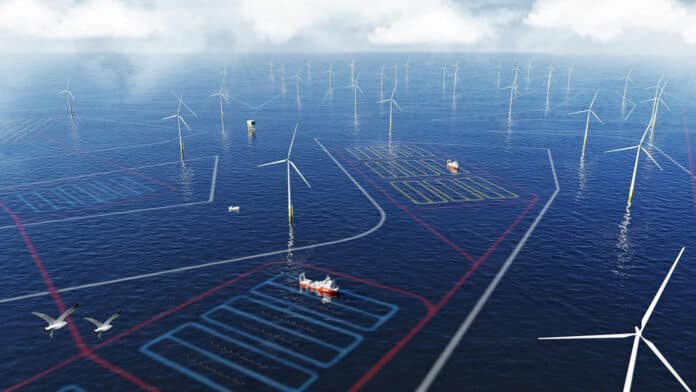Revealing the Unexpected: Discoveries in the Atacama Desert
Researchers have unearthed a surprising discovery beneath the scorching surface of the Atacama Desert in Chile. This hyper-arid region, known as the driest non-polar desert on Earth, has revealed a hidden biosphere teeming with microbial life – thriving a staggering 13 feet (4 meters) below the ground.
Exploring the Depths of the Atacama’s Biosphere
This finding, published in the journal PNAS Nexus, pushes the boundaries of our understanding of where life can exist on Earth. While the Atacama’s surface appears desolate, with little to no rainfall and scorching temperatures, this hidden world suggests life finds a way, even in the most extreme environments.
The newly discovered biosphere consists of bacteria, which have adapted to survive in the harsh conditions. Scientists believe these microbes may have colonized the soil nearly 19,000 years ago and have been persisting ever since, possibly extending even deeper underground.
Implications for Life on Mars and Beyond
This discovery has exciting implications beyond just understanding desert ecosystems. By studying how these microbes survive in such extreme environments, researchers may gain valuable insights into the potential for life on other planets, particularly Mars which shares some similarities with the Atacama’s aridity.
The Atacama’s hidden biosphere serves as a reminder of the remarkable adaptability of life and the potential for undiscovered ecosystems to exist in even the most unlikely places. Further exploration of this underground world may unlock new knowledge about microbial life and its ability to thrive in extreme environments.







